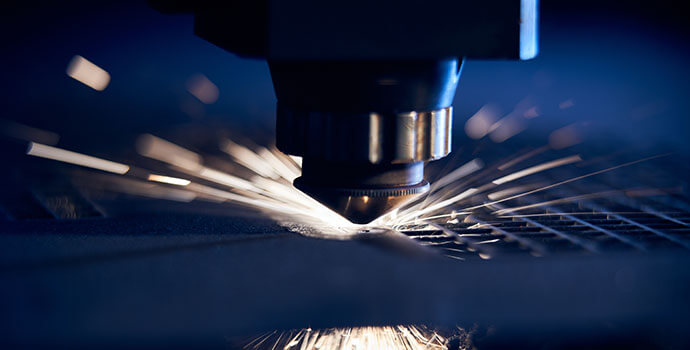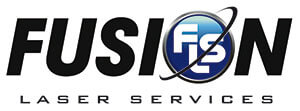An Overview of 5-Axis Laser Cutting

In the manufacturing and production industries, laser cutting can decrease lead times and reduce staffing requirements. Laser cutting is the process of using a thin laser beam to transform raw materials into high-quality designs, patterns and shapes. The laser beam generates this new part by melting, burning or vaporizing the material as specified by a designer. In the past, most manufacturers have utilized 3-axis machining tools, but advances in equipment and automation processes have led to 5-axis laser cutters’ development. Here’s what you need to know about 3-axis laser cutting and the benefits of utilizing 5-axis laser cutters.
Difference Between 3-Axis and 5-Axis Laser Cutters
The 3-axis laser cutting technique utilizes linear X, Y, and Z axes without turning or rotating the table. This technique is most appropriate for shallow, simple components that have little depth. Further, this method is not suitable for deep, highly complex parts. A distinct disadvantage of 3-axis laser cutting is that the user must continually readjust the piece to finish the cutting process. The operator must set up a unique configuration with each new part that is cut, increasing the risk of user error and reducing the cutting process’s overall precision.
5-axis laser cutters can be entirely controlled by advanced software technology, allowing machinists to focus on other parts of the production process. These lasers allow for rotation around the table, making the cutting process quicker and more accurate. More advanced 5-axis lasers use X, Y and Z axes, but they also use A and B axes. These different axes move around the tool, allowing each material fed into the machine to be rolled and sliced in five different directions. These lasers can be used to cut deeper, most complex parts. Further, 5-axis laser cutters can cut through sturdier materials, produce fewer vibrations and generate more exact parts.
Benefits of 5-Axis Laser Cutting
For intricate designs or large parts, 5-axis laser cutting is the best choice. Advances in technology allow the cutting process to be facilitated by digital controls, enabling numerous materials to be cut and handled with a high grade of accuracy. These lasers can be fully automated with the assistance of computer-aided software. Here are some other advantages of using 5-axis laser cutters:
Create angular holes: Simple 3-axis laser cutting machines require a new setup for each hole that needs to be drilled. On the other hand, 5-axis laser cutters can drill multiple angular holes because of the laser’s rotation capabilities. This rotating technology allows you to drill numerous holes without having to remove the component each time. 5-axis lasers increase production accuracy and make the manufacturing process quicker.
Manufacture complex parts: Because 5-axis lasers use digital controls, high-quality, complex components can be produced quickly and efficiently. Deep, complex materials with curved surfaces can be easily maneuvered in a single setup. After the laser has been coded one time, numerous copies of the same component can be created in one production run. The machine’s high level of accuracy guarantees each part is identical with the exact dimensions and design.
Requires a one step setup process: While 3-axis lasers must be set up multiple times in a production run because the axes do not turn, 5-axis machines often require only a single setup. This single setup improves the overall accuracy and efficiency of the production process and the material output.
Fusion Laser Services specializes in producing high-quality components using both 3-axis and 5-axis laser cutters. Our lasers can accommodate a variety of materials, including aluminum, mild steel and stainless steel. We can produce any pattern, shape or design with a high level of accuracy and precision.
